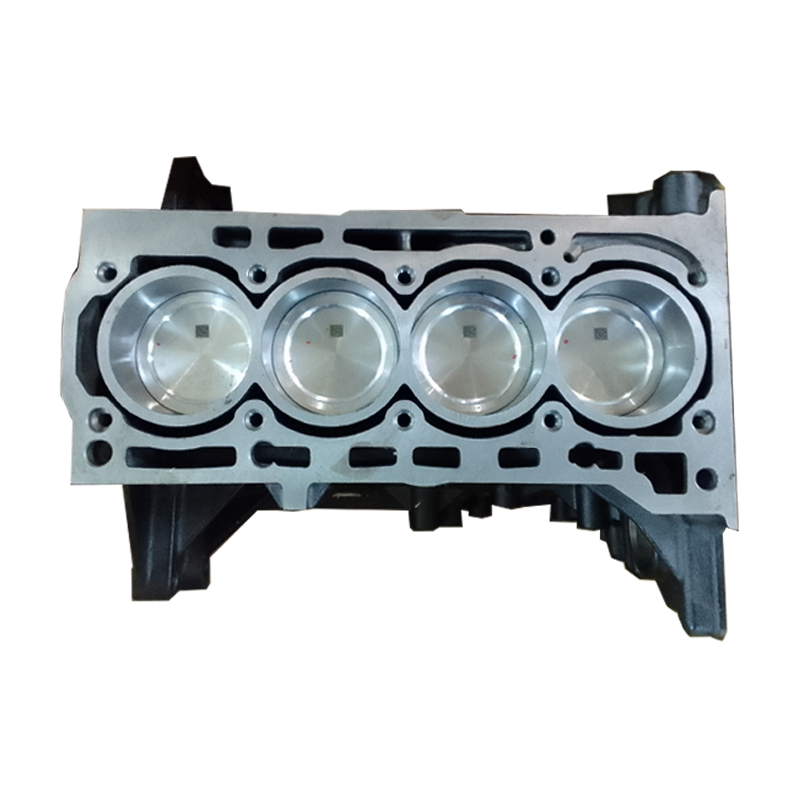Avoid operational issues with a well-tuned clp engine.
Avoid operational issues with a well-tuned clp engine.
Blog Article
How a Clp Engine Can Enhance Efficiency in Different Industries
The arrival of CLP engines notes a considerable change in operational effectiveness throughout numerous sectors, driven by their capacity to enhance gas consumption and lessen downtime. Industries such as production and logistics stand to gain considerably from their robust style and constant power outcome, which assure to streamline operations and enhance performance. As companies significantly prioritize sustainability together with performance, the role of CLP engines becomes a lot more important. What continues to be to be seen is how these innovations will form the future landscape of commercial operations and their influence on broader financial patterns (clp engine).
Introduction of CLP Engines
CLP engines, or Continuous Fluid Propellant engines, stand for a significant improvement in propulsion technology, particularly for space applications. These engines use a continual feed system that permits the continual expulsion of propellant, resulting in enhanced efficiency and efficiency contrasted to conventional strong or hybrid propulsion systems. By keeping a constant circulation of fluid propellant, CLP engines can attain extra exact drive control, which is crucial for steering spacecraft in various goal situations.
The design of CLP engines incorporates sophisticated products and cutting-edge gas management systems. clp engine. This causes minimized weight and increased reliability, important elements for long-duration room missions. Additionally, the continual operation lessens the risk of combustion instability, an usual obstacle in standard rocket engines.

Benefits in Production
The manufacturing of Constant Liquid Propellant (CLP) engines provides a number of notable benefits that improve both effectiveness and cost-effectiveness. Among the key benefits is the structured manufacturing procedure, which lowers the complexity connected with typical propulsion systems. By utilizing fluid propellant, makers can attain higher precision in engine performance, causing maximized energy outcome and lowered waste.
In addition, CLP engines facilitate a greater level of modularity, permitting easier combination into different manufacturing lines. This versatility can significantly lower lead times and enhance overall functional versatility. Using CLP modern technology also tends to reduce the requirement for comprehensive upkeep due to less moving parts, which converts right into lowered downtime and operational expenses.

Applications in Logistics
Leveraging Constant Liquid Propellant (CLP) engines in logistics supplies substantial benefits Full Report in functional effectiveness and dependability. These engines offer a robust option for different transportation demands, allowing the smooth movement of goods throughout vast ranges. The inherent design of CLP engines enables consistent power output, which equates into smoother and much read the full info here more foreseeable transport timetables.
One of the crucial applications of CLP engines in logistics is in sturdy freight transport, where they can drive both ground and aerial cars. Their capability to maintain high efficiency under differing lots problems makes certain that distribution timelines are met, therefore improving customer satisfaction. In addition, CLP engines can be incorporated into automated logistics systems, assisting in real-time monitoring and maximizing course planning.
Moreover, the durability of CLP engines decreases maintenance downtime, enabling logistics business to optimize their functional abilities. This is especially helpful in warehousing operations, where effectiveness in taking care of and carrying goods is important. As logistics proceeds to advance, the integration of CLP engines represents a forward-thinking strategy that not only improves performance but also sustains the sector's growing needs for dependability and rate.
Influence On Power Efficiency
Exactly How do Continual Fluid Propellant (CLP) engines boost power effectiveness in transport? CLP engines make use of a regular circulation of liquid gas, optimizing combustion processes and maintaining a stable thrust output. This style lessens power losses related to typical combustion engines, where gas delivery can differ and result in inadequacies.
The continuous operation of CLP engines permits an extra effective thermal cycle, resulting in higher specific impulse contrasted to conventional engines. clp engine. This equates to reduced fuel consumption for the exact same amount of job done, significantly reducing functional costs throughout different transportation markets, consisting of air travel and maritime markets
Moreover, the capability of CLP engines to preserve ideal efficiency under differing lots conditions reduces the need for regular velocity and slowdown, even more enhancing gas performance. Boosted energy efficiency not just adds to set you back financial savings yet likewise causes lower greenhouse gas emissions, lining up with international sustainability objectives.
Future Trends and Innovations
Emerging improvements in Continuous Fluid Propellant (CLP) engine innovation pledge to revolutionize the landscape of transport performance and sustainability. As markets pivot towards greener alternatives, CLP engines stand at the forefront, incorporating ingenious products and layout methods that boost efficiency while decreasing ecological influence.
One of the most promising fads is the adoption of hybrid systems that incorporate CLP engines with renewable resource sources. This synergy can maximize gas usage and decrease exhausts, straightening with worldwide sustainability objectives. Additionally, improvements in computational fluid characteristics (CFD) are promoting the design of even more aerodynamically efficient engines, leading to decreased drag and enhanced gas effectiveness.
Furthermore, the advancement of wise tracking systems is readied to enhance operational effectiveness. These systems web link utilize information analytics and IoT innovation to maximize engine performance in real-time, making certain that the engines operate within their most effective specifications.
As study remains to discover alternate propellant formulations-- such as biofuels and synthetic fuels-- the future of CLP engines looks promising. By utilizing these innovations, markets can not just enhance their efficiency however also contribute significantly to a cleaner, a lot more sustainable future in transport.
Verdict
In final thought, CLP engines represent a substantial improvement in efficiency throughout multiple sectors. The integration of innovative materials and less relocating parts lessens maintenance demands, while alignment with sustainability goals settings CLP engines as a pivotal technology for the future.
Report this page